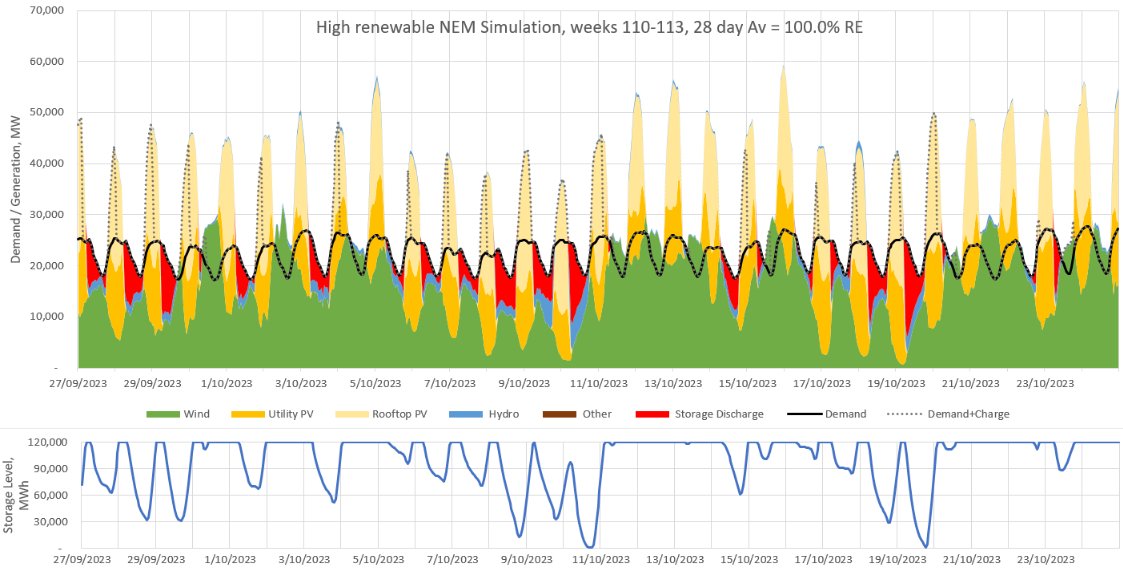
Renewable Engineer
On Bluesky: davidosmond.
Love renewables, EVs & energy efficiency,
the outdoors, running & cycling. Views are my own.
2 subscribers
How to get URL link on X (Twitter) App


 Back in 2020, the ACT Government signed contracts for difference (CfDs) with 2 wind farms, Berrybank & Goyder Sth. The CfD strike prices were $54.48 & $44.97/MWh respectively.
Back in 2020, the ACT Government signed contracts for difference (CfDs) with 2 wind farms, Berrybank & Goyder Sth. The CfD strike prices were $54.48 & $44.97/MWh respectively. 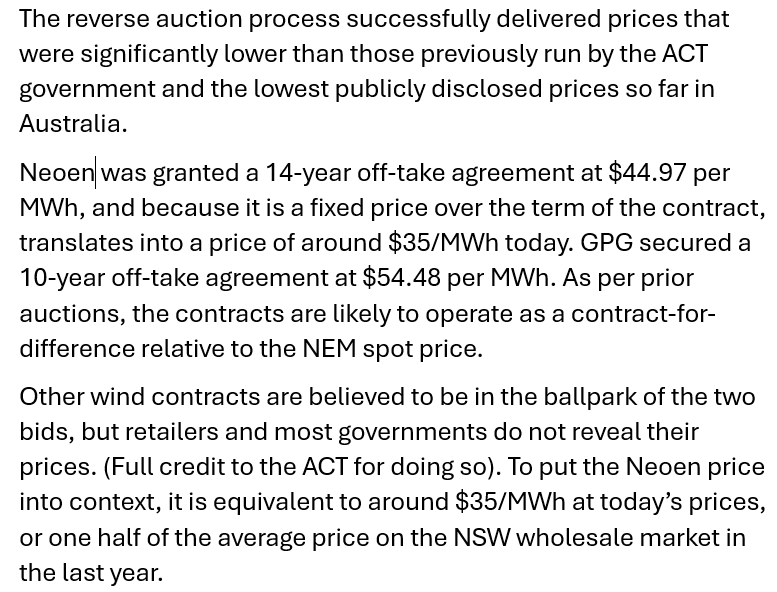

https://x.com/FootnotesGuy/status/1941022307251900728First a recap: my simulation last week had to deal with a very challenging 4.5 days from noon on June 26 through to the midnight on the 30th.
https://x.com/DavidOsmond8/status/1940256309183750578
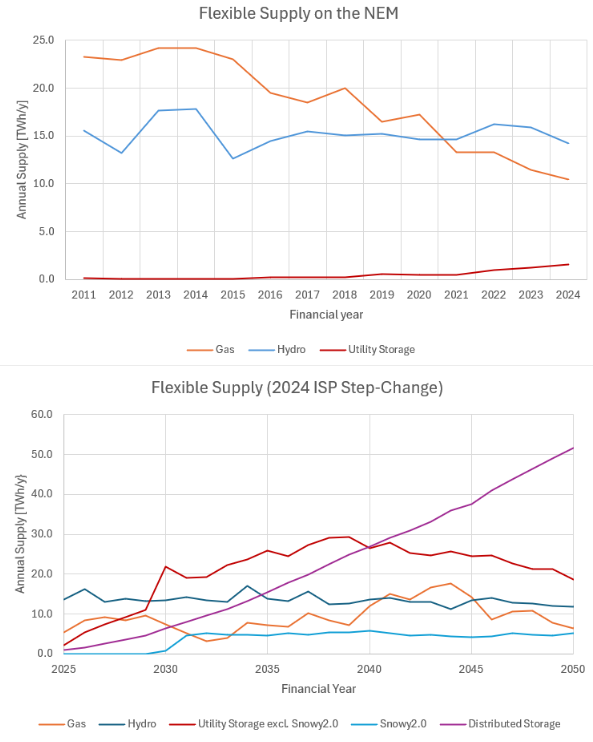
 Demand is highly variable.
Demand is highly variable. https://x.com/DavidOsmond8/status/1868842110079951313
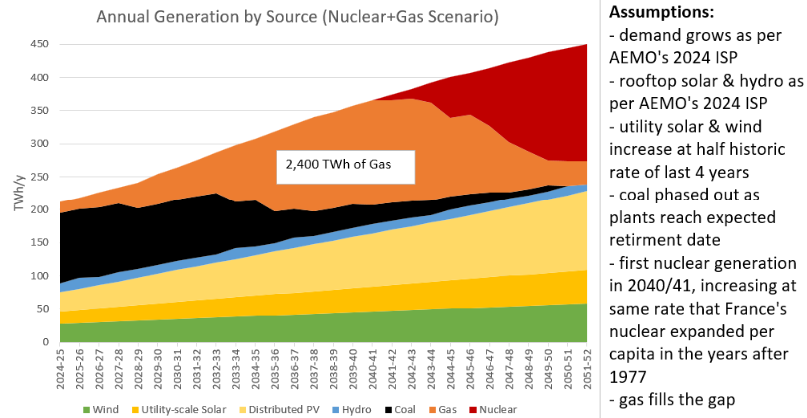
https://twitter.com/vass_and_/status/1864995991826632970If previously made a thread on what the LNP nuclear policy might look like.
https://x.com/DavidOsmond8/status/1814749642153992538


 Last week had:
Last week had: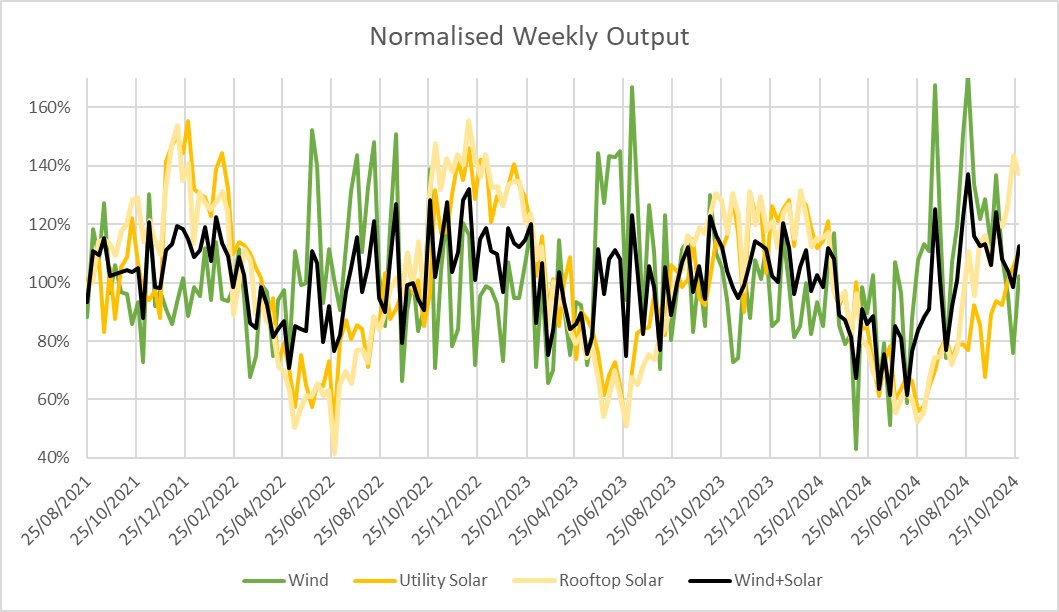
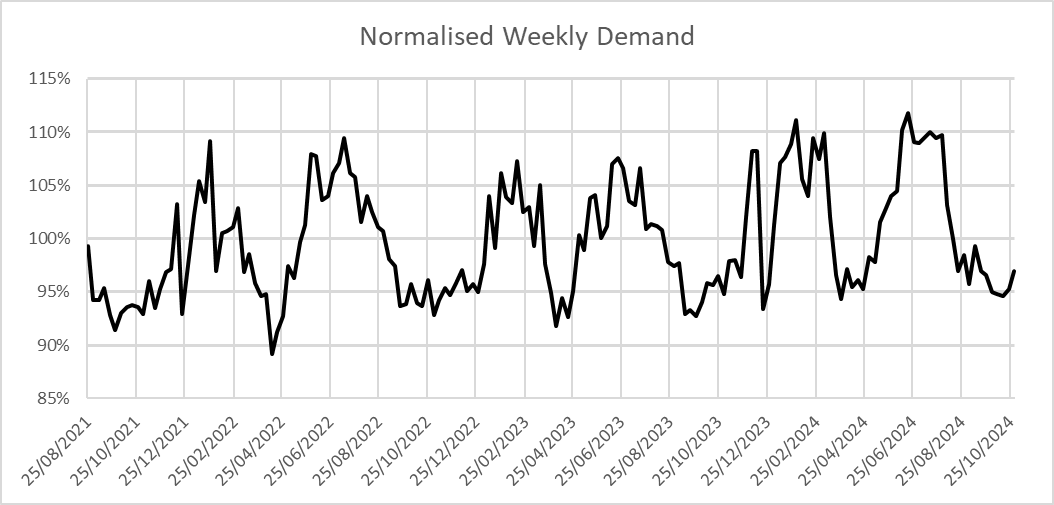
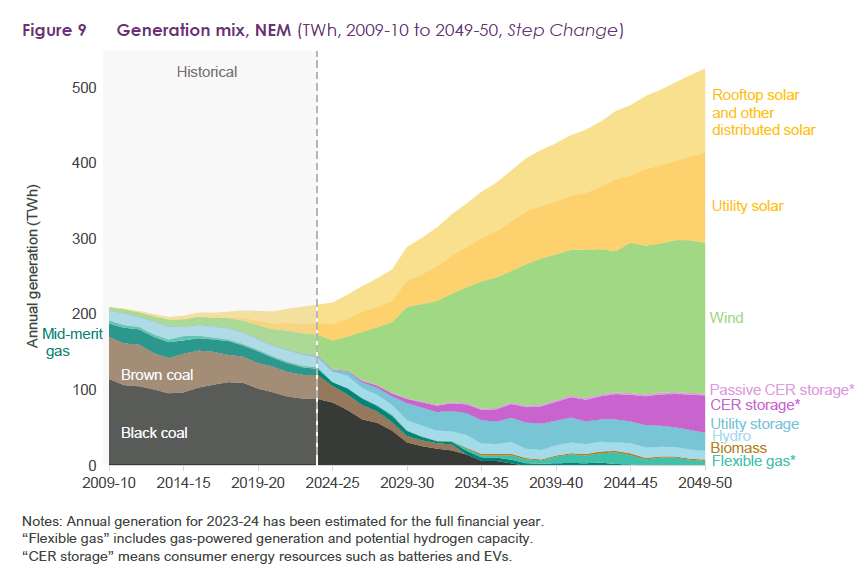
https://twitter.com/NukeForClimate/status/1841061382911115387Robert claims his solution to be lower emissions compared to the ISP.

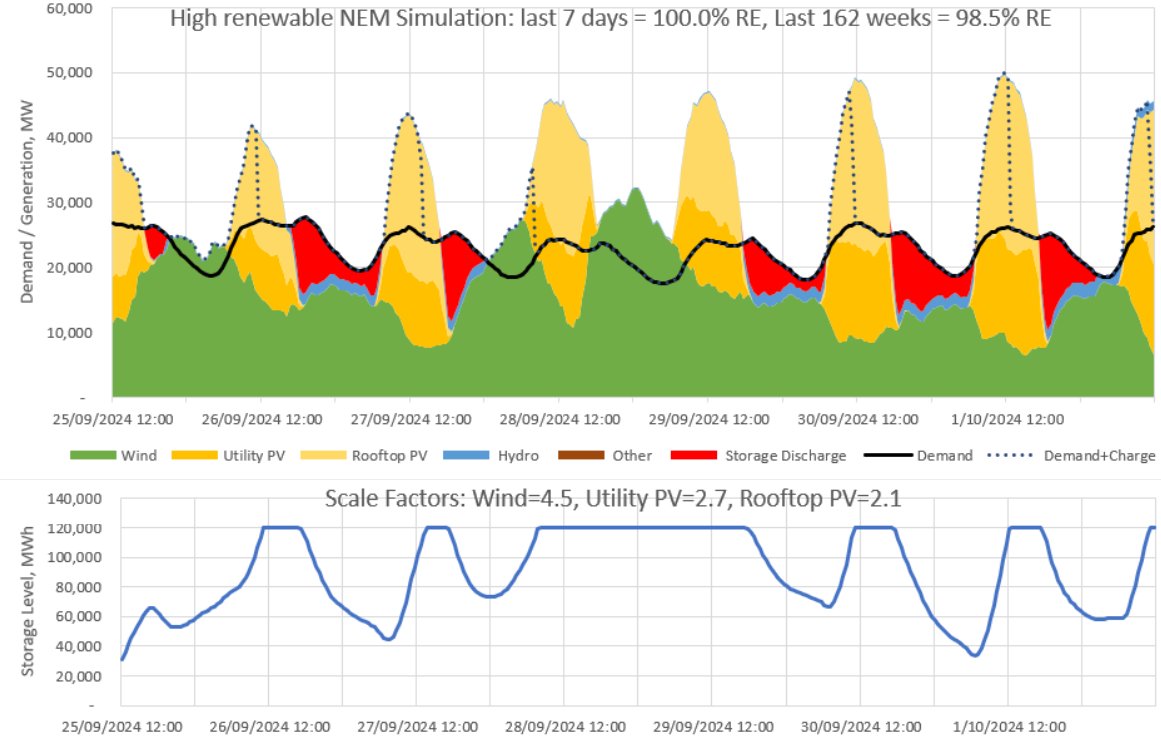
 The week was marked by:
The week was marked by: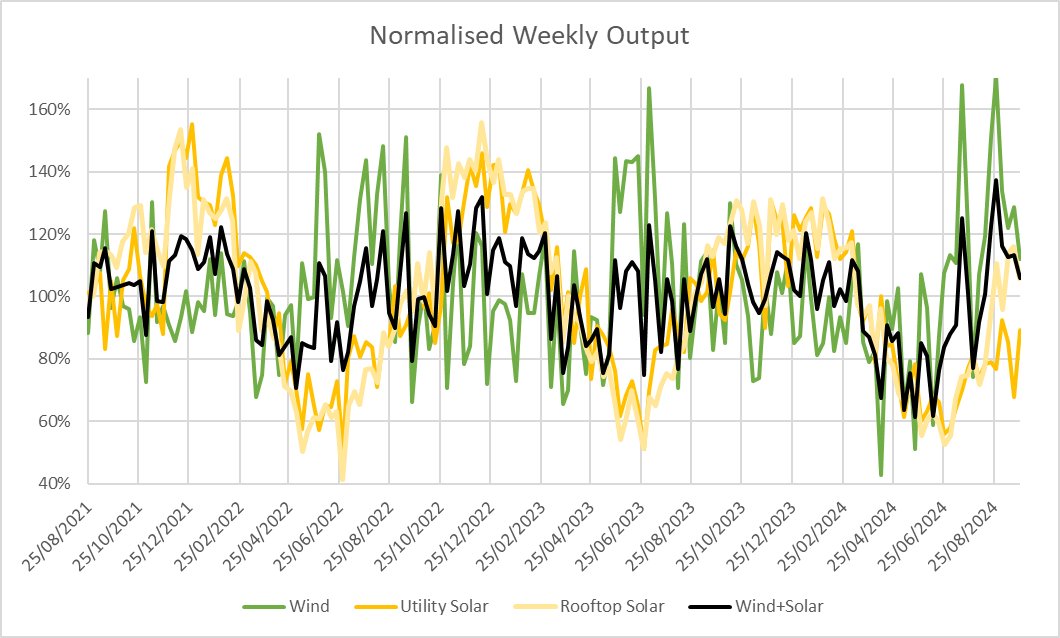
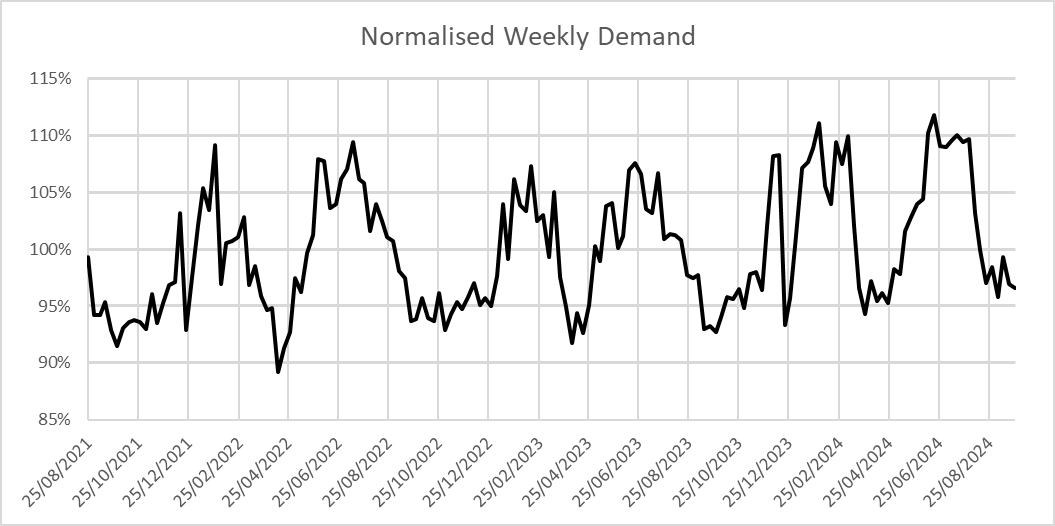
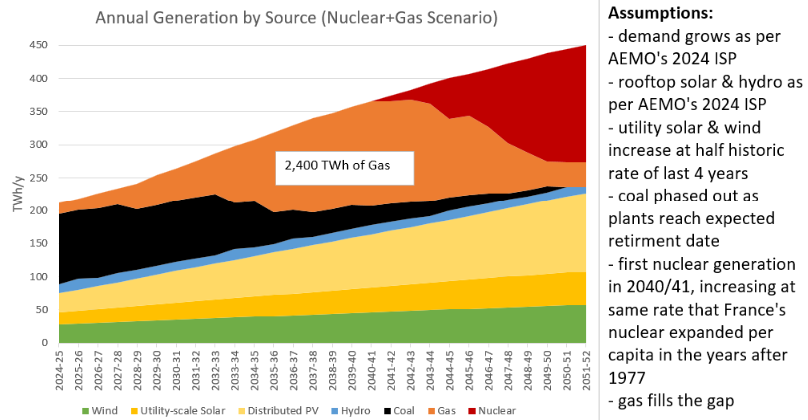

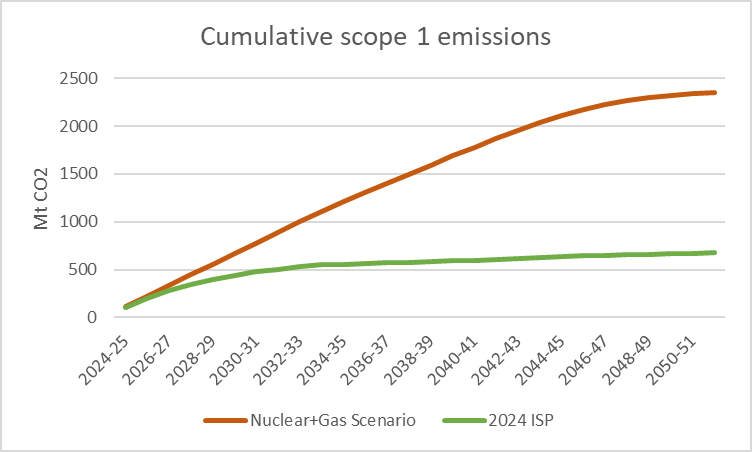 Ted O'Brien has admitted that the LNP nuclear plan will require a lot more gas.
Ted O'Brien has admitted that the LNP nuclear plan will require a lot more gas.https://twitter.com/HPsiEqualsEPsi/status/1813506178183463320
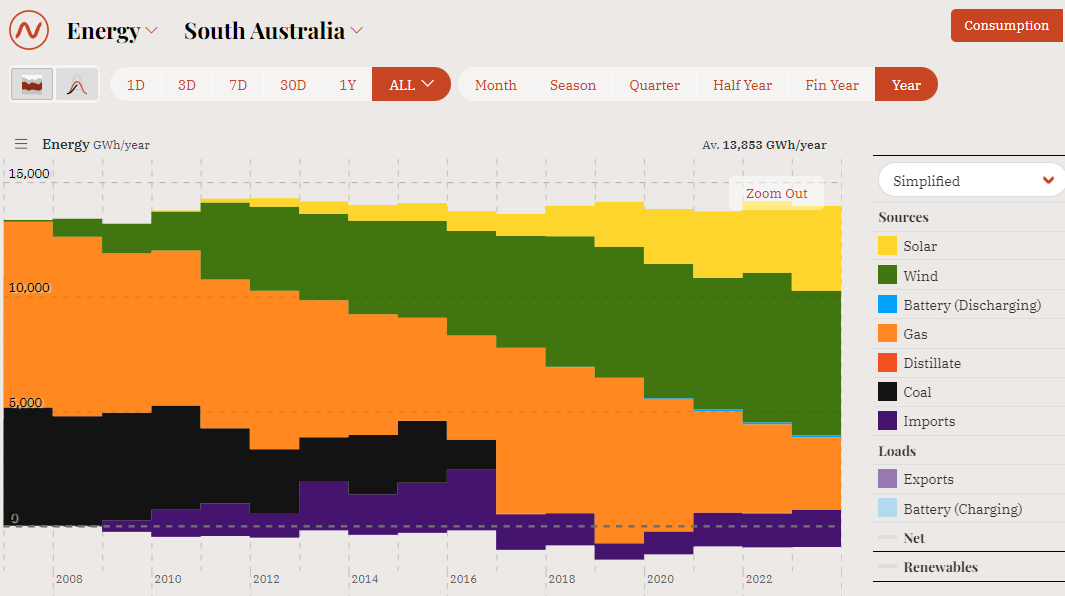

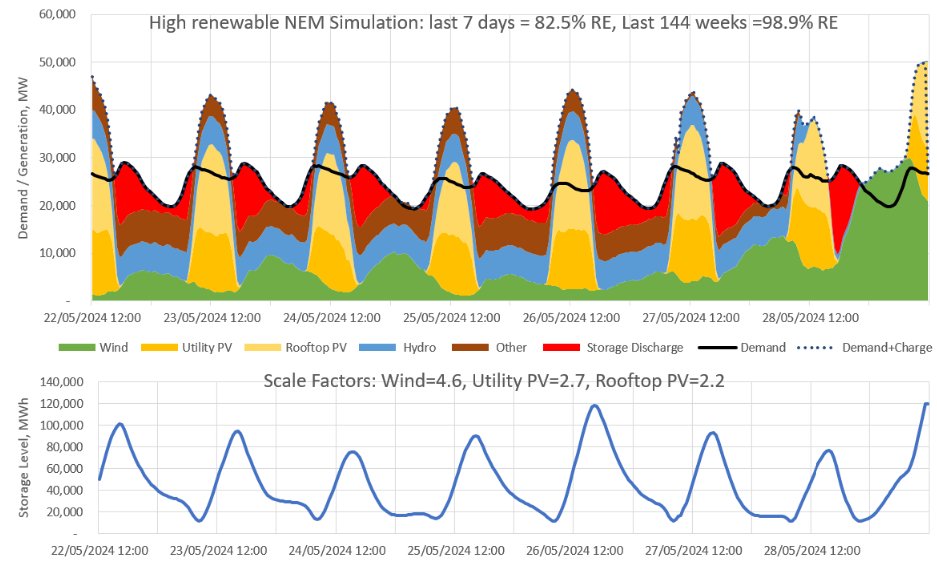
 Here is the simulation from weeks 141 to 144. It was 92.4% renewable.
Here is the simulation from weeks 141 to 144. It was 92.4% renewable.https://twitter.com/DavidOsmond8/status/1785504190791635218
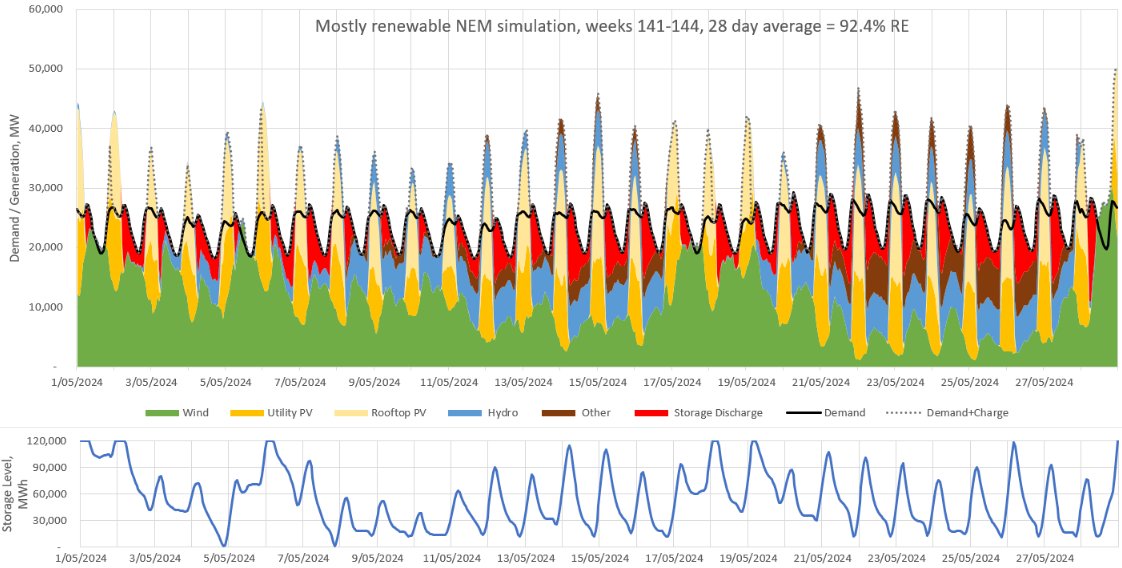
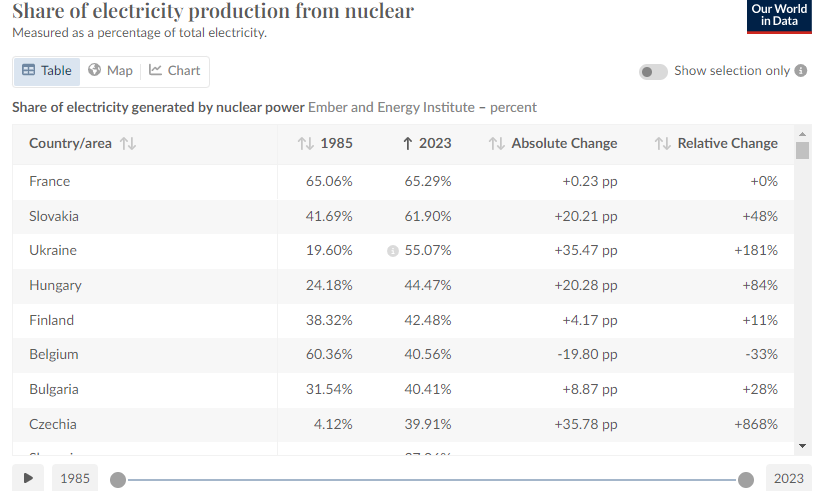
https://twitter.com/EnergyOfOz/status/1795273369828630850
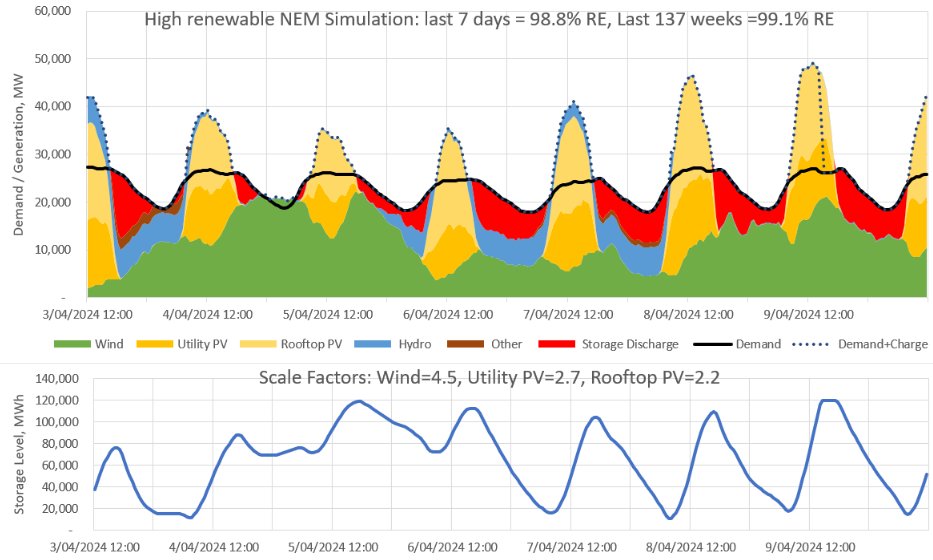
 Here is the simulation from weeks 134 to 137. It was 99.7% renewable.
Here is the simulation from weeks 134 to 137. It was 99.7% renewable.https://twitter.com/DavidOsmond8/status/1775371355594392047
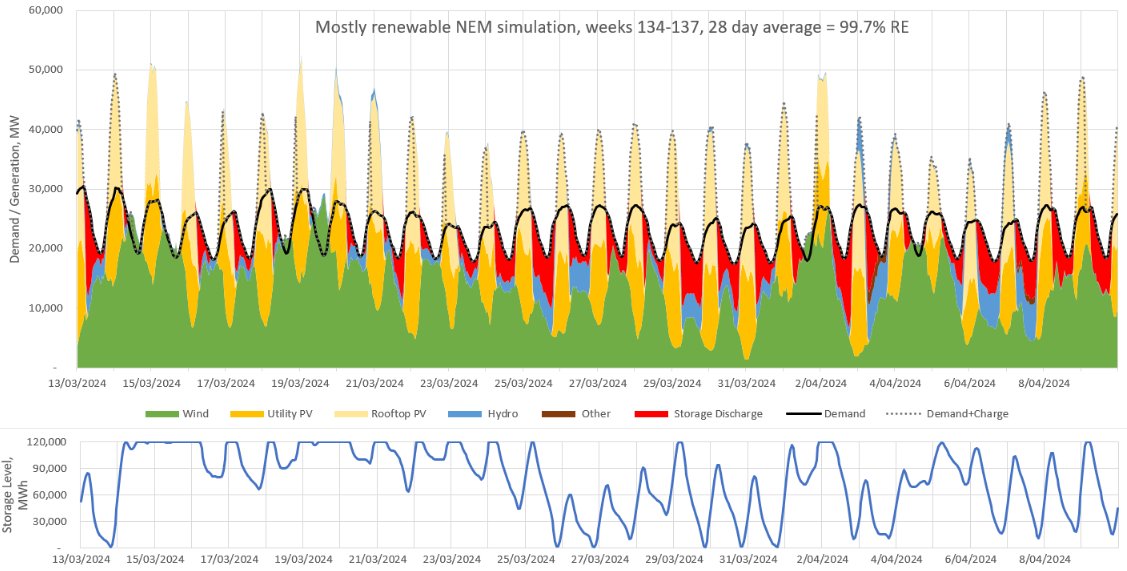
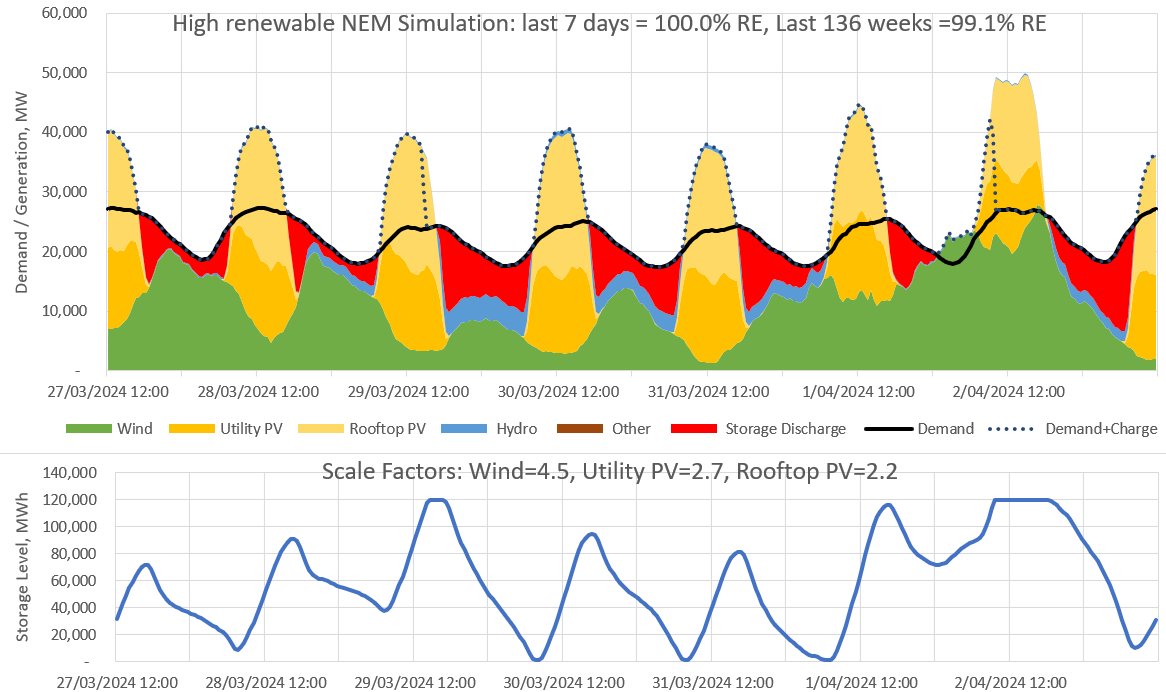
 Here is the simulation from weeks 133 to 136. It was 100% renewable.
Here is the simulation from weeks 133 to 136. It was 100% renewable.https://twitter.com/DavidOsmond8/status/1765339879075205322
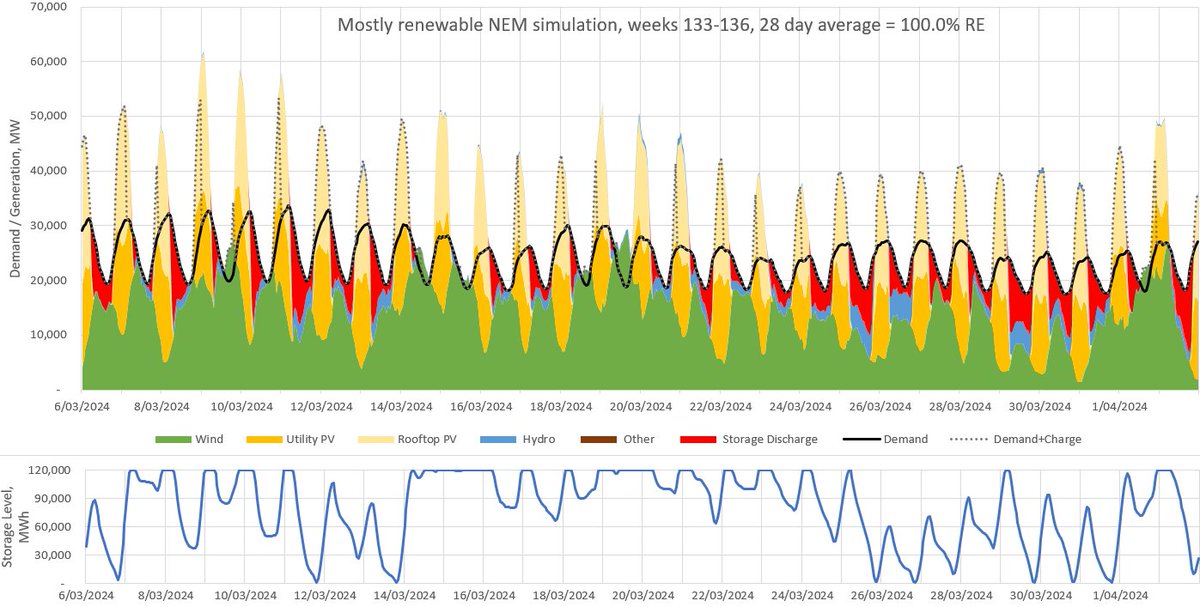

 Last week, on 22 Feb NEM demand set an all time record of 38 GW. At the time rooftp PV was providing over 7 GW, greatly reducing peak grid demand, which instead occured 90 minutes later at ~33.3 GW, a 13% reduction (2/n)
Last week, on 22 Feb NEM demand set an all time record of 38 GW. At the time rooftp PV was providing over 7 GW, greatly reducing peak grid demand, which instead occured 90 minutes later at ~33.3 GW, a 13% reduction (2/n)https://twitter.com/DavidOsmond8/status/1761881255124349336
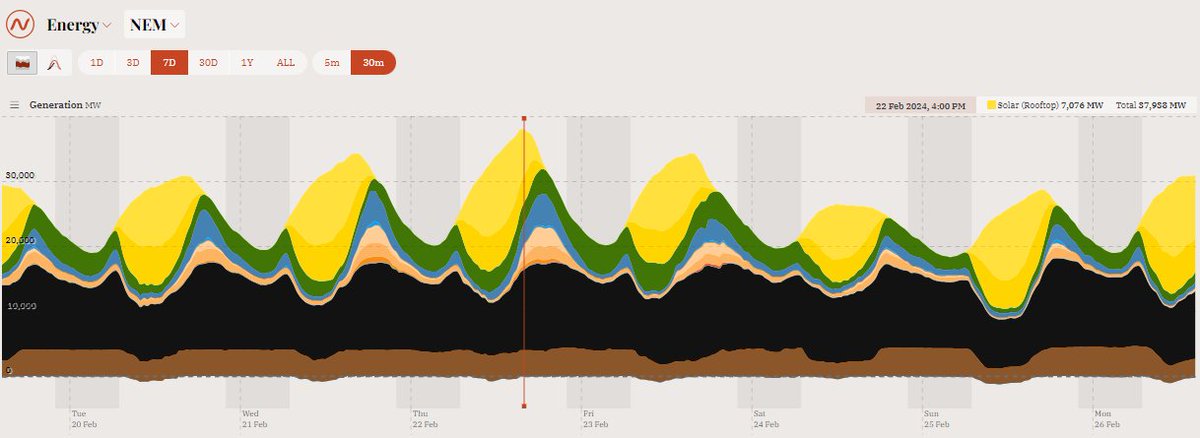

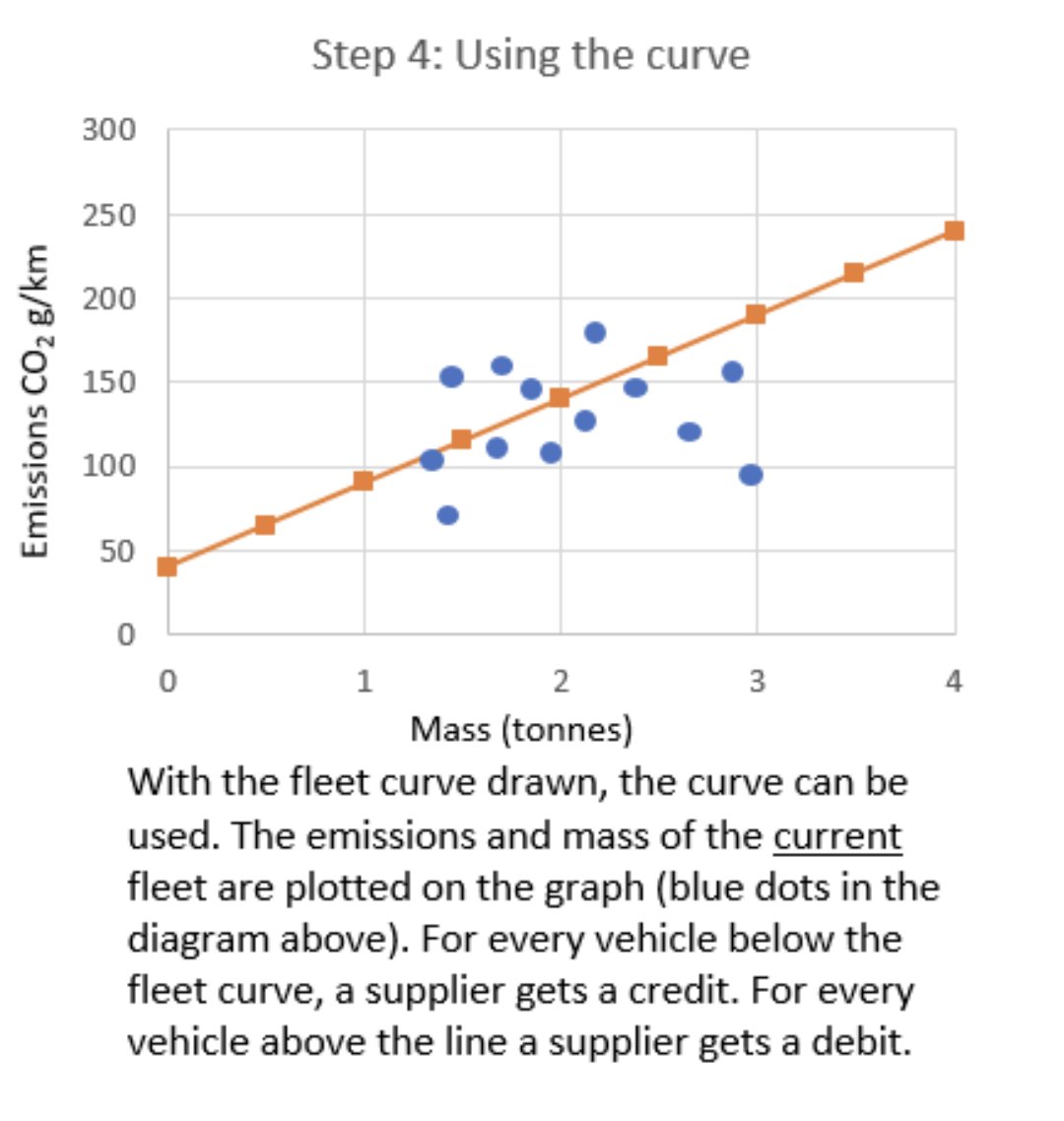

 In the US much of the improvement in car fuel efficiency has been offset by the increase in vehicle mass. Australia should learn from this.
In the US much of the improvement in car fuel efficiency has been offset by the increase in vehicle mass. Australia should learn from this.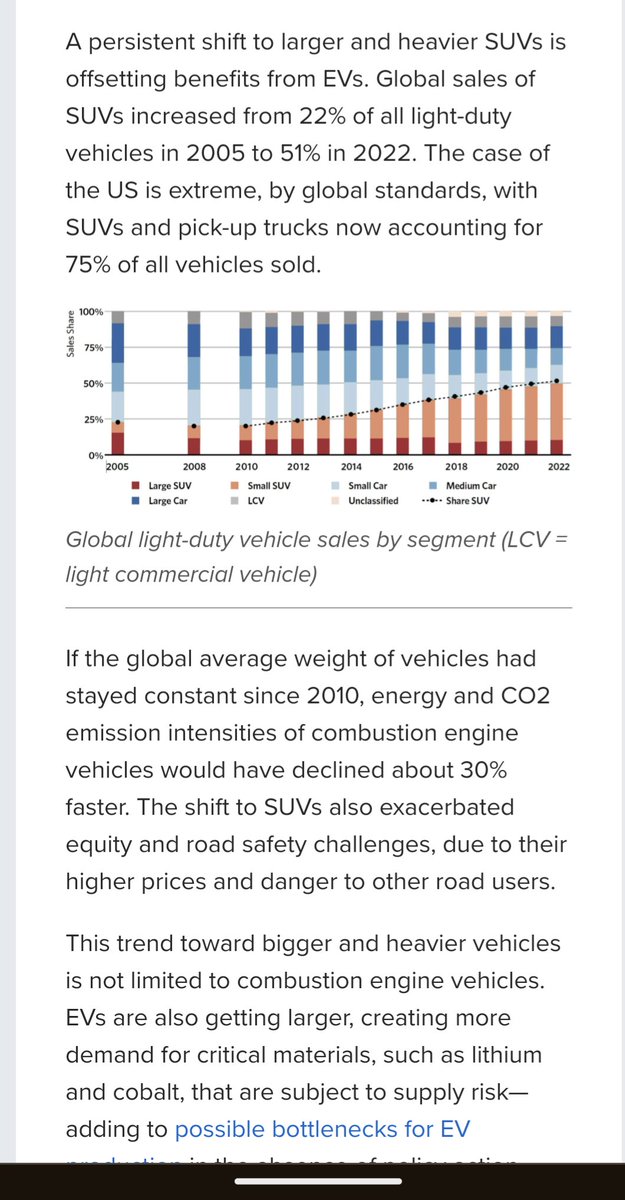
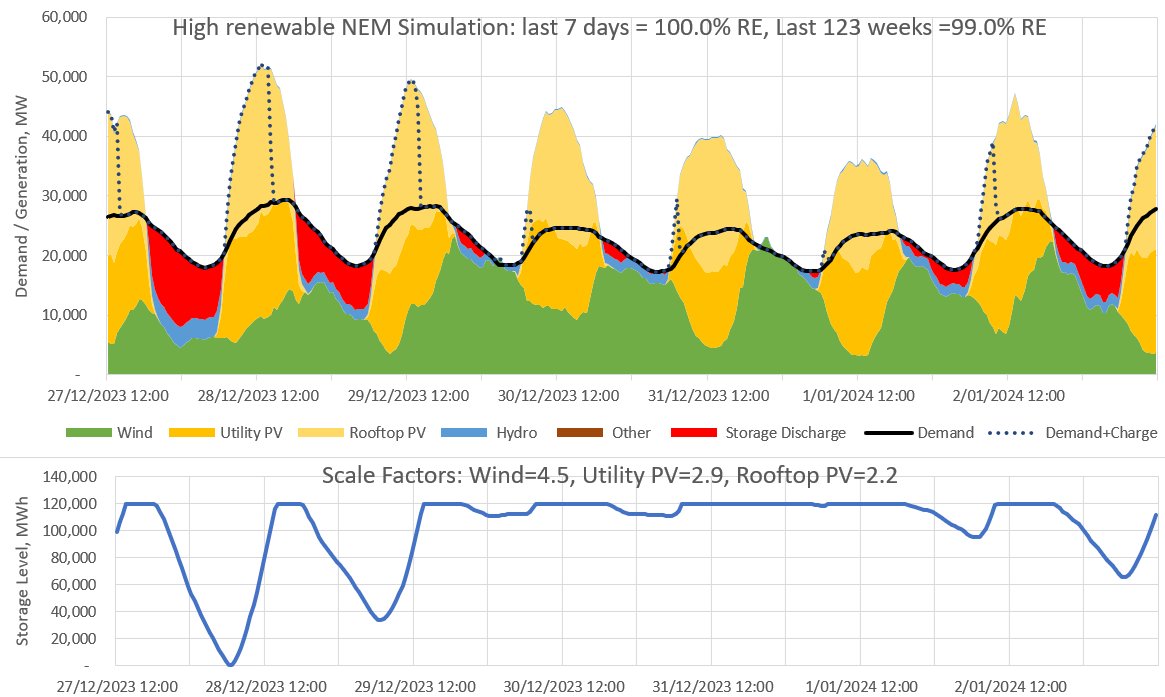
 Here is the simulation from weeks 120 to 123. It was 100% renewable.
Here is the simulation from weeks 120 to 123. It was 100% renewable.https://twitter.com/DavidOsmond8/status/1735181330818965620
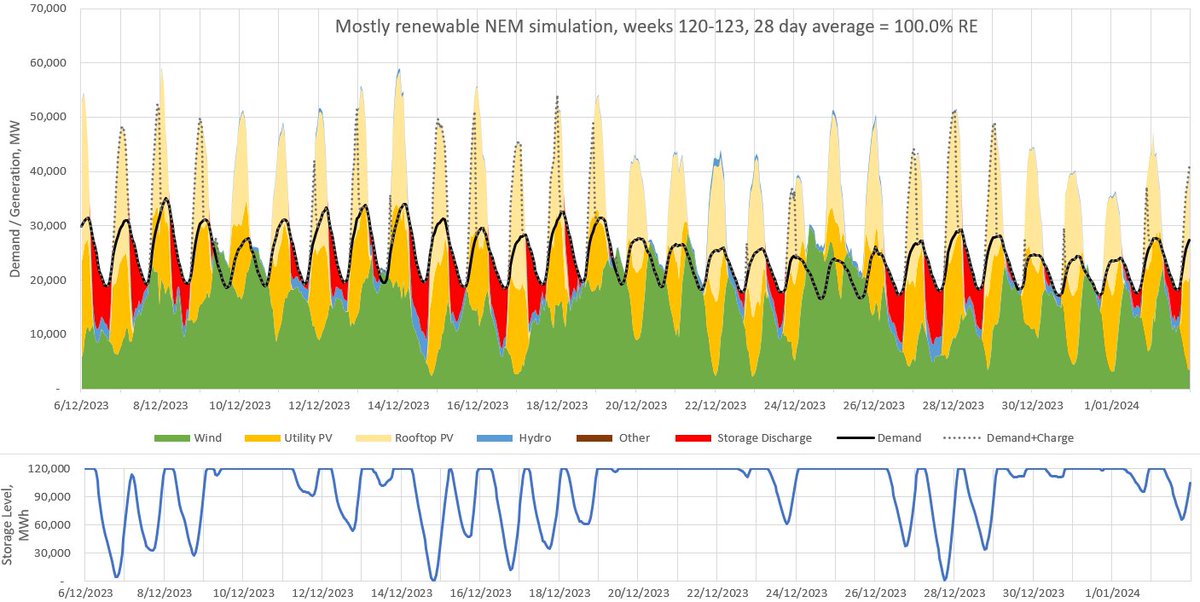
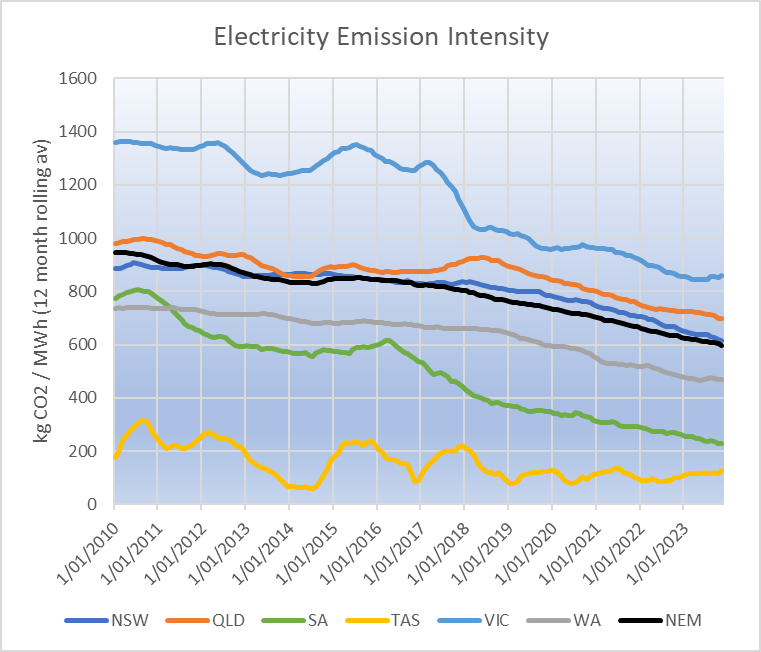

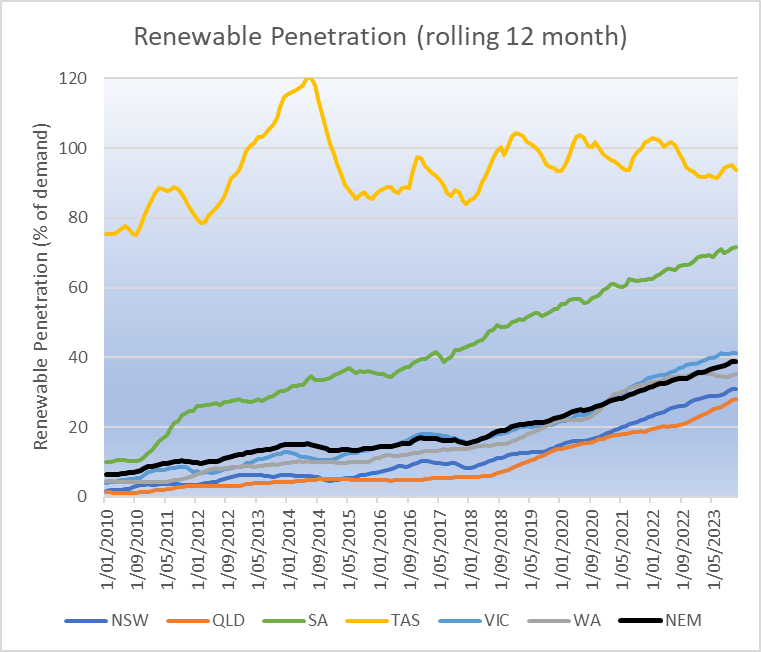
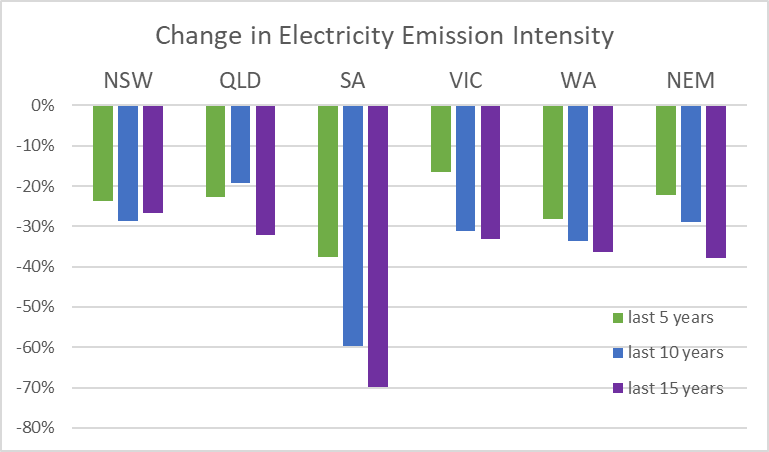 The increase in wind & solar penetration in SA over the last 15 years is comparable to the increase in nuclear generation in France during the 1970s/80s.
The increase in wind & solar penetration in SA over the last 15 years is comparable to the increase in nuclear generation in France during the 1970s/80s.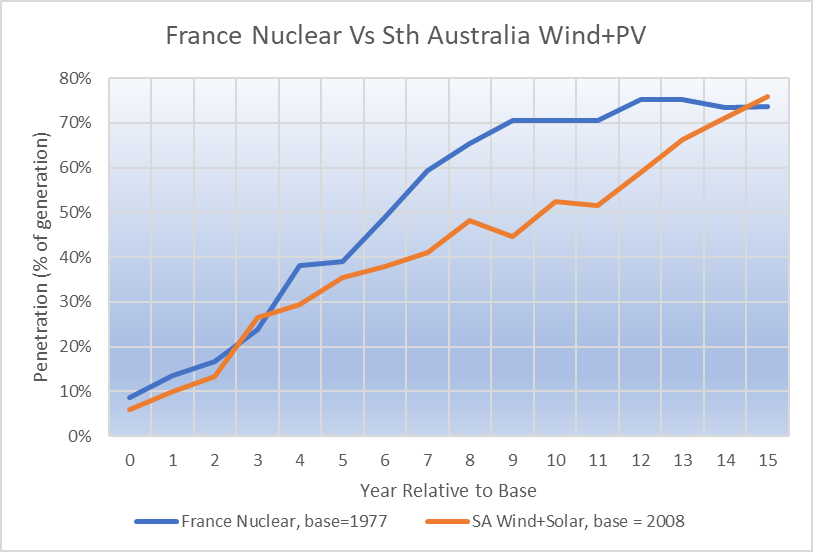
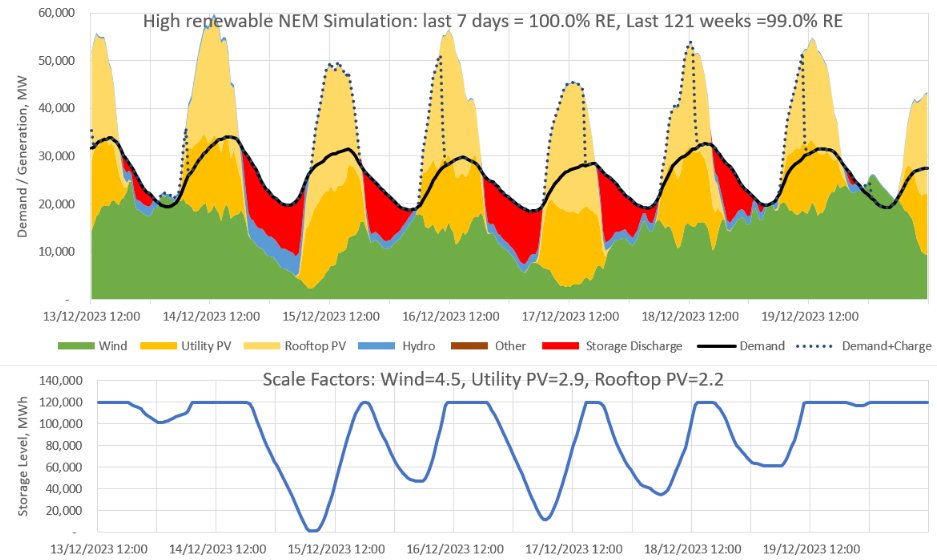
 Here is the simulation from weeks 118 to 121. It was 100% renewable.
Here is the simulation from weeks 118 to 121. It was 100% renewable.https://twitter.com/DavidOsmond8/status/1735181330818965620
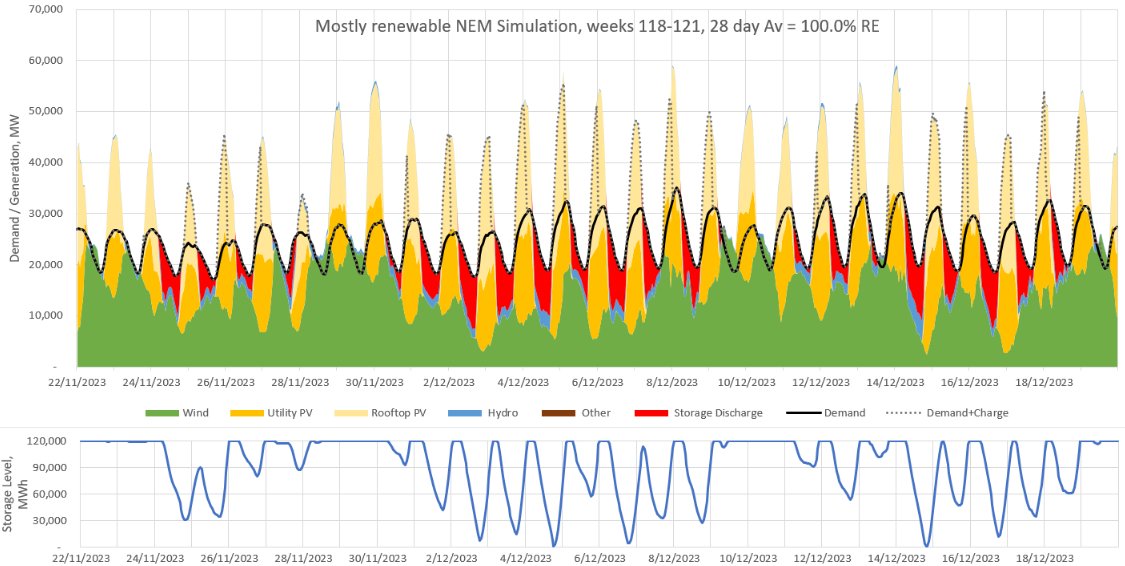

 Here is the simulation from weeks 115 to 118. It was 100% renewable.
Here is the simulation from weeks 115 to 118. It was 100% renewable.https://twitter.com/DavidOsmond8/status/1724623226616389869
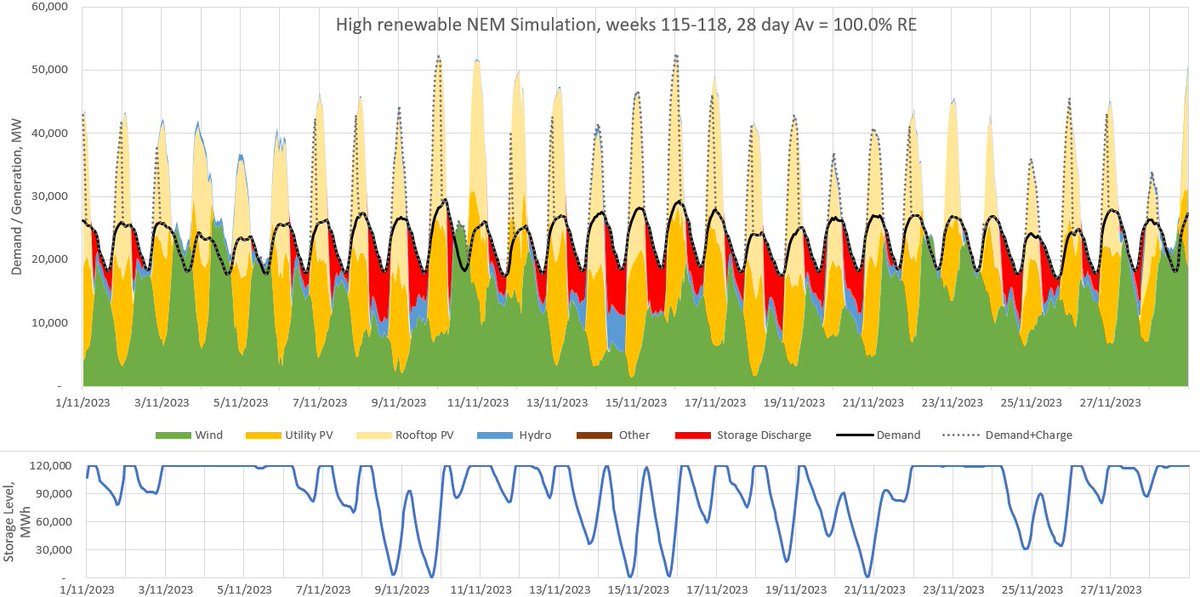
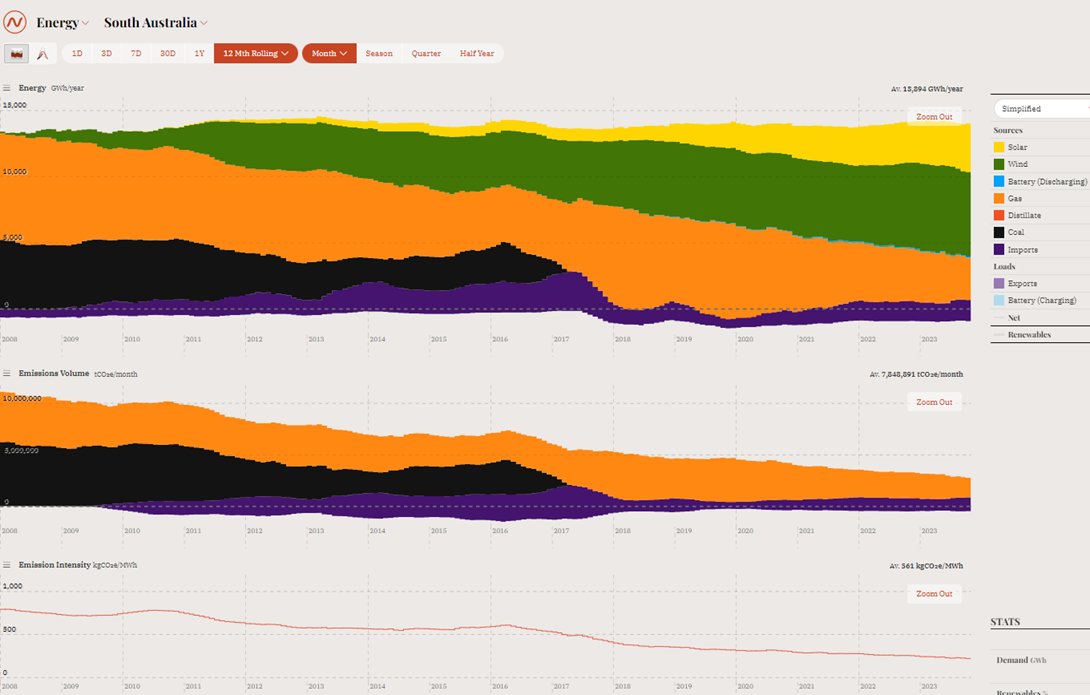
 Renewables generated 87% of demand in October (wind 53%, solar 34%). Almost 10% of this was exported to neighbouring Victoria. Gas (13%) & imports (9%) filled the RE gaps (2/n)
Renewables generated 87% of demand in October (wind 53%, solar 34%). Almost 10% of this was exported to neighbouring Victoria. Gas (13%) & imports (9%) filled the RE gaps (2/n)

 Here is the simulation from weeks 110 to 113. It was 100% renewable.
Here is the simulation from weeks 110 to 113. It was 100% renewable.https://twitter.com/DavidOsmond8/status/1714478035846721805
